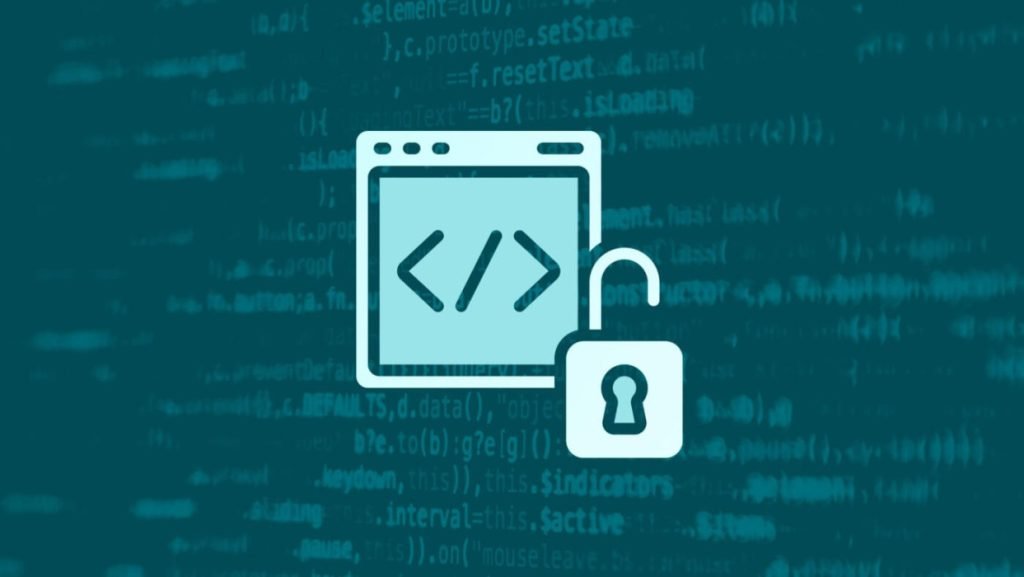The benefits of open source software are drawing more attention. There have never been more open source projects in use than there are now, despite years of concerted marketing of open source benefits by the open source community.
Nonetheless, the majority of people and businesses are still unconvinced or uninformed about the open source idea. This article aims to provide you with an overview of the main benefits of open source software as well as any possible drawbacks, so you can make an educated choice.
Open source software (OSS) is code that has been created with public accessibility in mind. It suggests that anybody may see, alter, and share the code as they see suitable. The majority of computer users never read the source code that is included in the program. Computer programmers may alter the code to modify the functionality of a software program or application.
Reasons Behind Popularity Of Open Source Software

1. Flexibility
Being flexible is one of the benefits of open source software. Because of its flexibility, open source software enables developers to see the code’s workings and make modifications. As a result, individuals may modify the program to suit their own or their business’s demands.
One of the biggest benefits of this kind of software is that it can alter any troublesome parts of the application. One of the greatest benefits of open source software is its flexibility, as it can also be seen as freedom from vendor lock-in and the capacity to expand and modify the application.
2. Agility
Agility is the term that the corporate lexicon loves so much. Businesses nowadays need to be nimble to outperform their rivals.
Since open source software offers various approaches to solving a particular issue, it is an ideal match for the need for agility. Furthermore, the open source community constantly updates and modifies the software that is available for free.
3. High Quality Design
Having a high-quality design is one of the advantages of using open source. A community of individuals will view and comment on open source software code. The explicit and common objective of producing outstanding software is one of the core tenets of open source software development.
Shared communities encourage excellence in development by putting software review and community approval into practice. You’re more likely to do your finest work if you are aware that your peers will be seeing your code in public. Why does your organization think that’s important? Companies already see an organizational cost-benefit from not having to start from zero when writing code. “Standing on the shoulders of giants” is what we call it.
Organizations must be able to rely on the quality of code generated by the community for the statement to have any relevance. In the end, using premium parts from the outset increases the likelihood of a bespoke build happening more quickly, saving you both money and time.
4. Speed
If it isn’t already, your business will soon be competing for speed. Speed is enabled via open source. Using the community versions of open-source software to get started, see whether it can address your business challenge, and start delivering value straight away is a huge benefit. Professional services and support are becoming more and more accessible for open-source products—especially those backed by Red Hat—once you’ve made that decision.
This gives you the best of both worlds: you can start small, fast, and affordable, and you can grow into a large-scale, fully supported, enterprise-grade installation without having to overcome obstacles related to proprietary licensing.
5. Security Through Transparency
Security and transparency are among the benefits of open source software. Many organizations are concerned about the security of open-source software, which is partly addressed by the open source “many eyes” notion.
The phrase, which was first used by Linus Torvald, refers to the increased opportunity for White Hat programmers to examine and improve the security of a project’s source code when all of it is made publicly available. The validity of this idea has been consistently shown. Think about the Linux operating system. This operating system is entirely open source and regarded as one of the safest software solutions available today.
6. Enabling Innovation
People are often far more motivated to offer their best ideas and bring innovation to a project when they are working on it because they want to, rather than merely because they are being paid to. This is often the driving force behind the creation of novel and disruptive features by ardent open source communities, and the reason open source projects are setting the standard for this disruption.
What makes this crucial for organizations? Unexpectedly, the rate of digital change has accelerated. Businesses that are unable to keep up with innovation will quickly become obsolete in the next ten years. A proactive and active approach to the usage and administration of open source software should be part of any organization’s emphasis on modernizing and digitizing its assets and products.
7. Lower Cost
One of the primary forces behind the transition from proprietary (closed) software to open source (OSS) software has been the financial advantages provided by OSS. The majority of open-source software is completely free to download and use, and while this is frequently the first draw for businesses, the low total cost of ownership (TCO) is what makes the difference. The term “free” in the popular term “free software” refers to freedom (libre) rather than free of charge.
Businesses can dedicate more funds to advantageous enterprise services connected with open source software (OSS), such as user training, support, and custom development, in addition to lowering operational expenses and budgets.
8. Reliable
Being reliable is one of the advantages of using open source. The capacity of software to carry out required and desired tasks without suffering from unforeseen failures, performance problems, operational interruptions, or data loss is often used to characterize reliable software.
In actuality, every piece of software has defects that may lead to one or more of these problems. The time it takes to find and fix these errors and faults separates the dependability of open-source software from that of proprietary software.
9. User and Technical Support
Even though most proprietary and open source software lacks specialized support teams, the global open source community offers a significant amount of assistance to developers and users in the form of blogs, videos, forums, chats, and articles—typically at no cost.
Some Popular Open Source Software To Use
You must have realized the benefits of open source software. Here are some of them that you can use:
- OS For PC: GNU/Linux, FreeBSD, Android, Ubuntu, Chromium OS, Mint Linux, Fedora.
- OS For Mobile: Plasma Mobile, Ubuntu Touch, postmarketOS, PureOS/Librem, Mobian OS.
- MS-Office Alternatives: WPS Office, LibreOffice, Apache OpenOffice, OnlyOffice, FreeOffice.
- Media Players: VLC, Kodi, SMPlayer, MPV, Bino, MPC-MC, ExMplayer.
- Image Editors: GIMP, Krita, Pinta, Darktable, Shotwell.
- Video Editors: Flowblade, Blender, Pitivi, OpenShot, Kdenlive, Shotcut, VirtualDub.
- Browsers: Firefox, Chromium, Brave, Konqueror, Lynx, Midori.
- File Converter: HandBreak, FFmpeg, ImageMagick, Shutter Encoder, MakeMKV, Format Factory.
- Screen Recorders: OBS Studio, Debut Video Capture, ShareX, Screencast-O-Matic.
- Games: Hypersomnia, Pioneer, Anarch, Descent 3, Quake, Quake III Arena, Wolfenstein 3D.
FAQ
Q: What is open source software?
A: Software that has its source code available for anyone to see, alter, and improve is known as open source software. It is usually generated collaboratively and is intended to be publicly available.
Q: What distinguishes proprietary software from open source software?
A: Users may see and alter the source code of open source software, in contrast to proprietary software. Users are not allowed to alter or distribute proprietary software’s code without authorization.
Q: Are free and open source software equivalent?
A: Not every time. ‘Free software’ emphasizes the user’s freedom to use, alter, and distribute the program, while ‘open source’ stresses the source code’s accessibility. However, the majority of free software is also open source.






